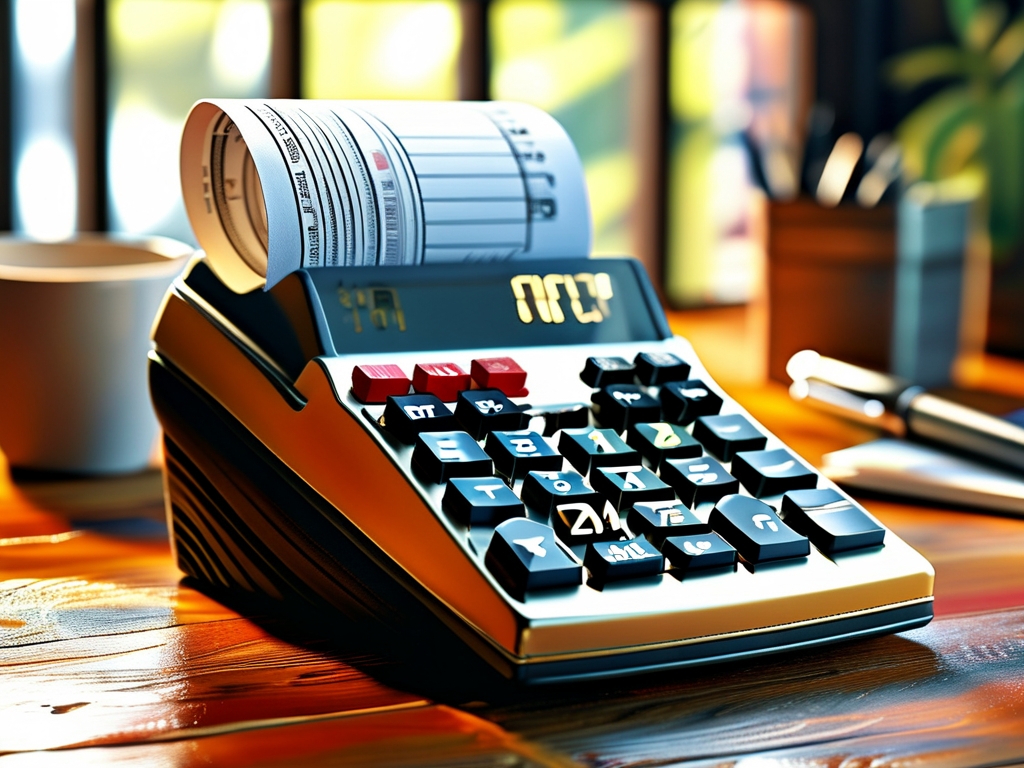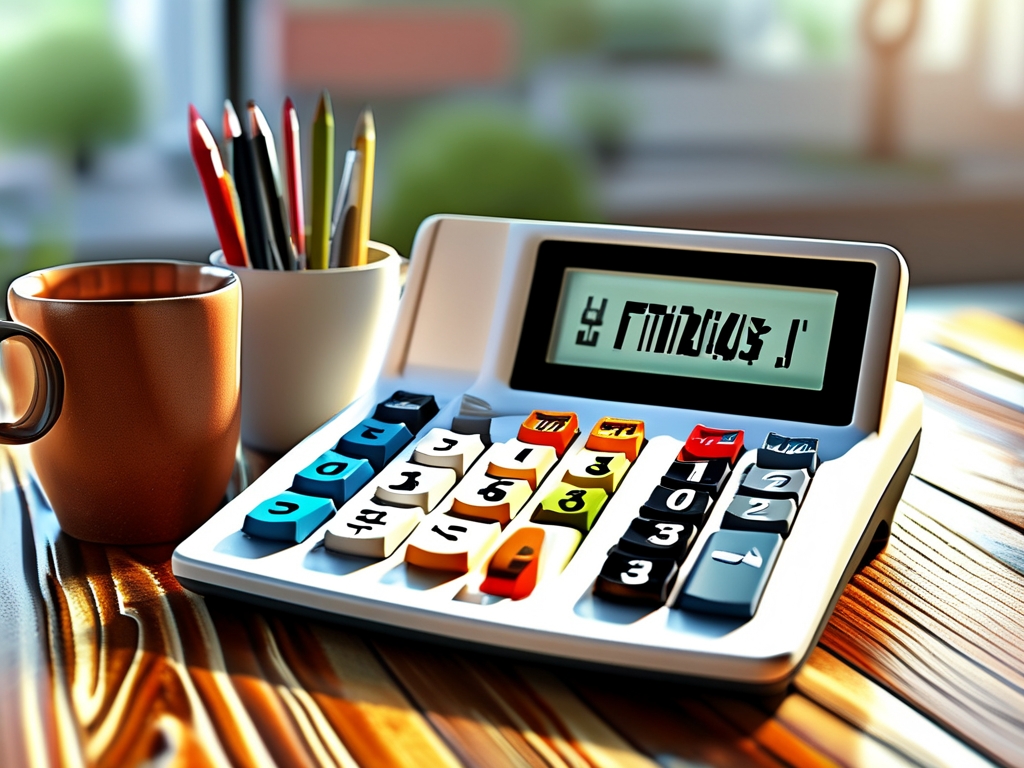Cashiers play a critical role in financial transactions, and understanding tax rate calculations is essential for accuracy and compliance. This article explores the most commonly used tax rate algorithms in cashiering, providing practical examples and insights to streamline daily operations.
1. Basic Percentage Calculation
The foundation of tax computation lies in percentage-based formulas. For instance, if a product costs $100 and the sales tax rate is 10%, the tax amount is calculated as:
[ \text{Tax} = \text{Price} \times \left(\frac{\text{Rate}}{100}\right) = 100 \times 0.10 = \$10 ]
Cashiers must ensure the correct rate is applied based on jurisdictional rules (e.g., state, federal, or municipal taxes). Misapplying rates can lead to financial discrepancies or legal penalties.
2. Progressive Tax Brackets
In scenarios involving income tax withholding or tiered pricing, cashiers may encounter progressive tax systems. For example:
- Income up to $20,000: 5%
- Income from $20,001 to $50,000: 12%
- Income above $50,000: 22%
If an employee earns $60,000 annually, the calculation would be:
[ (20,000 \times 0.05) + (30,000 \times 0.12) + (10,000 \times 0.22) = \$1,000 + \$3,600 + \$2,200 = \$6,800 ]
Cashiers must accurately segment amounts into respective brackets to avoid under/over-withholding.
3. Compound Tax Calculations
Some transactions require layering multiple taxes. For example, a $200 item may incur a 5% state tax and a 3% local tax:
[ \text{Total Tax} = 200 \times (0.05 + 0.03) = \$16 ]
Alternatively, taxes may compound sequentially:
[ \text{State Tax} = 200 \times 0.05 = \$10 ]
[ \text{Local Tax} = (200 + 10) \times 0.03 = \$6.30 ]
[ \text{Total} = \$200 + \$10 + \$6.30 = \$216.30 ]
Understanding jurisdictional requirements is crucial here.
4. Discounts and Tax Inclusivity
Handling discounts requires careful sequencing. If a 15% discount is applied to a $150 item with a 10% tax:
-
Tax-after-discount method:
[ \text{Discounted Price} = 150 \times 0.85 = \$127.50 ]
[ \text{Tax} = 127.50 \times 0.10 = \$12.75 ]
[ \text{Total} = \$127.50 + \$12.75 = \$140.25 ]
-
Discount-after-tax method (rarely used):
[ \text{Tax} = 150 \times 0.10 = \$15 ]
[ \text{Subtotal} = 150 + 15 = \$165 ]
[ \text{Discount} = 165 \times 0.15 = \$24.75 ]
[ \text{Total} = \$165 - \$24.75 = \$140.25 ]
While the result is identical here, laws often mandate tax-after-discount calculations.
5. Reverse Tax Calculations
Cashiers sometimes need to derive pre-tax amounts from taxed totals. For a final price of $330 with a 10% inclusive tax:
[ \text{Pre-tax Amount} = \frac{330}{1 + 0.10} = \$300 ]
[ \text{Tax} = 330 - 300 = \$30 ]
This is vital for refunds or invoice adjustments.
6. Handling Exemptions and Special Rates
Certain products (e.g., groceries, textbooks) or customers (e.g., nonprofits) may qualify for tax exemptions. Cashiers must verify exemption certificates and apply rate overrides in point-of-sale (POS) systems. For example, a $50 textbook with a 0% tax rate would bypass standard 7% sales tax, saving the customer $3.50.

7. Automated Tools and POS Systems
Modern cashiers rely on POS software to automate calculations. Key features include:
- Preloaded tax tables updated for regulatory changes
- Geolocation to apply regional rates
- Exemption flagging for approved accounts
- Audit trails for reconciliation
However, cashiers should still understand manual calculations to troubleshoot system errors or handle offline transactions.
8. Common Pitfalls and Solutions
- Miscalculating mixed rates: Always confirm whether taxes are additive or compound.
- Rounding errors: Use banker’s rounding (rounding to the nearest even cent) to minimize discrepancies.
- Expired rates: Subscribe to tax authority newsletters for updates.
9. Real-World Example
A customer purchases three items:
- Item A: $45 (taxable)
- Item B: $30 (non-taxable)
- Item C: $75 (taxable)
Assuming a 8.5% sales tax:
[ \text{Taxable Subtotal} = 45 + 75 = \$120 ]
[ \text{Tax} = 120 \times 0.085 = \$10.20 ]
[ \text{Total} = 120 + 30 + 10.20 = \$160.20 ]
10.
Mastering tax rate algorithms ensures compliance, builds customer trust, and reduces financial risks. Cashiers should combine software tools with foundational math skills to handle diverse scenarios confidently. Regular training and access to updated tax resources further enhance accuracy in this critical role.

